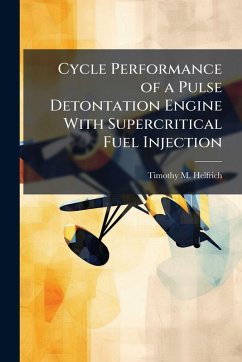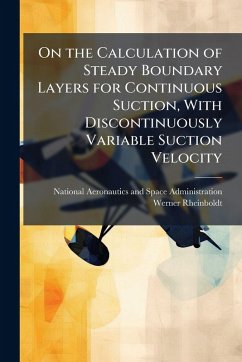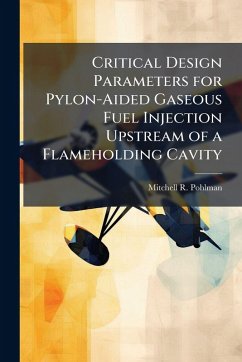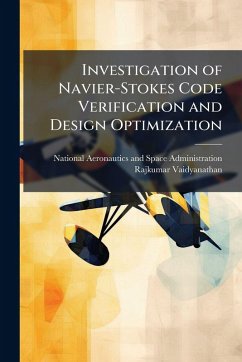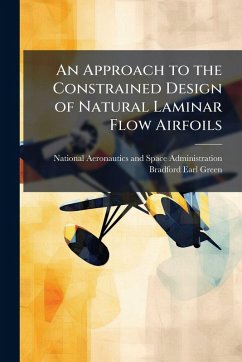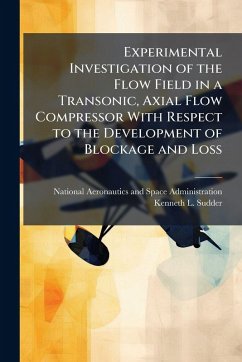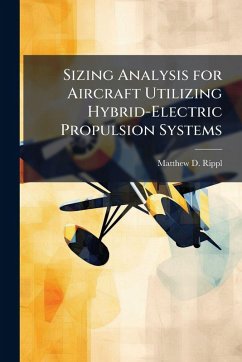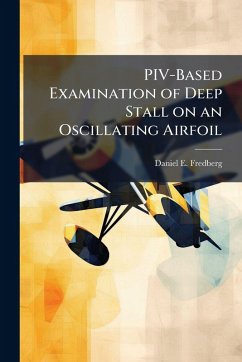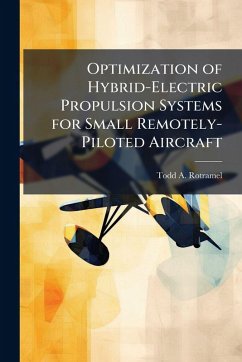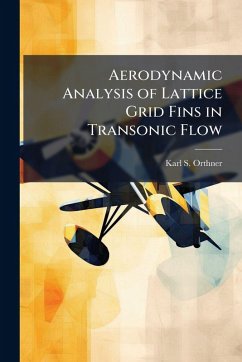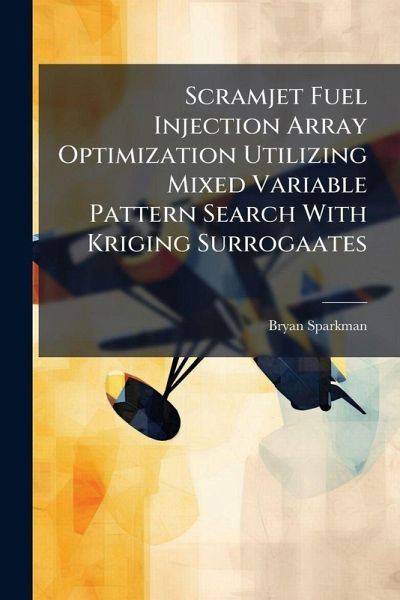
Scramjet Fuel Injection Array Optimization Utilizing Mixed Variable Pattern Search With Kriging Surrogaates
Versandkostenfrei!
Versandfertig in über 4 Wochen
17,99 €
inkl. MwSt.
Weitere Ausgaben:

PAYBACK Punkte
9 °P sammeln!
Fuel-air mixing analysis of scramjet aircraft is often performed through experimental research or computational -uid dynamics (cfd) algorithms. Design optimization with these approaches is often impossible under a limited budget due to their high cost per run. This investigation uses jetpen, a known inexpensive analysis tool, to build upon a previous case study of scramjet design optimization. Mixed Variable Pattern Search (mvps) is compared to evolutionary algorithms in the optimization of two scramjet designs. The rst revisits the previously studied approach and compares the quality of mvps ...
Fuel-air mixing analysis of scramjet aircraft is often performed through experimental research or computational -uid dynamics (cfd) algorithms. Design optimization with these approaches is often impossible under a limited budget due to their high cost per run. This investigation uses jetpen, a known inexpensive analysis tool, to build upon a previous case study of scramjet design optimization. Mixed Variable Pattern Search (mvps) is compared to evolutionary algorithms in the optimization of two scramjet designs. The rst revisits the previously studied approach and compares the quality of mvps to prior results. The second applies mvps to a new scramjet design in support of the Hypersonic International Flight Research Experimentation (hifire). The results demonstrate the superiority of mvps over evolutionary algorithms and paves the way for design optimization with more expensive approaches. This work has been selected by scholars as being culturally important, and is part of the knowledge base of civilization as we know it. This work was reproduced from the original artifact, and remains as true to the original work as possible. Therefore, you will see the original copyright references, library stamps (as most of these works have been housed in our most important libraries around the world), and other notations in the work. This work is in the public domain in the United States of America, and possibly other nations. Within the United States, you may freely copy and distribute this work, as no entity (individual or corporate) has a copyright on the body of the work. As a reproduction of a historical artifact, this work may contain missing or blurred pages, poor pictures, errant marks, etc. Scholars believe, and we concur, that this work is important enough to be preserved, reproduced, and made generally available to the public. We appreciate your support of the preservation process, and thank you for being an important part of keeping this knowledge alive and relevant.



